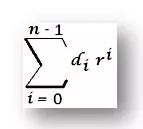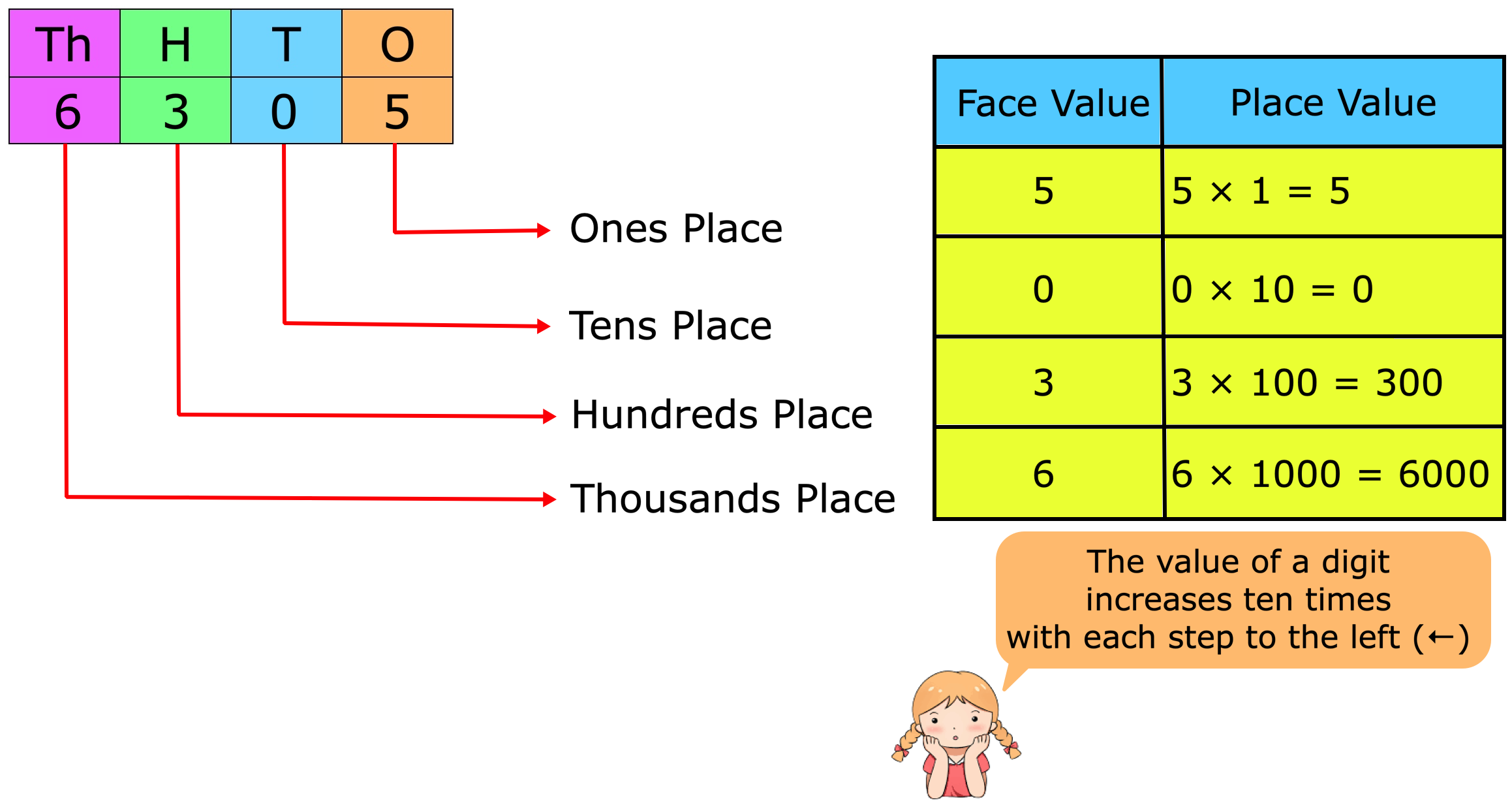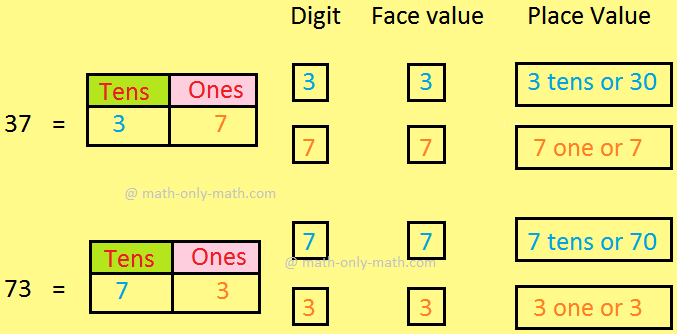Number System
In number system modern method of representing numbers symbolically is based on positional notations.
In this method, each number is represented by a string of symbols where each symbol is associated with a specific weight depending upon its positions. The total number of different symbols which are used in a particular number system is called the base or radix of the system and the weight of each position of a particular number is expressed as a power of the base. When a number is formed with the combination of the symbols, each symbol is then called a digit and the position of each symbol is referred to as the digit position.
Thus if a number system has symbols starting from 0, and the digits of the system are 0, 1, 2, ….. (r - 1) then the base or radix is r. If a number D of this system be represented by
D = d₀ d₀ ……. d₀…….. d₁ d
then the magnitude of this number is given by

Where each d₀ ranges from 0 to r - 1, such that
0 ≤ d₀ ≤ r - 1, i = 0, 1, 2 ...... (n - 1).
The digit at the extreme left has the highest positional value and is generally called the Most Significant Digit, or in short MSD; similarly, the digit occupying the extreme right position has the least positional value and is referred to as the Least Significant Digit or LSD.
- Decimal Number System
- Why Binary Numbers are Used
- Binary to Decimal Conversion
- Conversion of Numbers
- Hexa-decimal Number System
- Conversion of Binary Numbers to Octal or Hexa-decimal Numbers
- Octal and Hexa-Decimal Numbers
- Signed-magnitude Representation
- Radix Complement
- Diminished Radix Complement
- Arithmetic Operations of Binary Numbers
From Number System to HOME PAGE
Didn't find what you were looking for? Or want to know more information about Math Only Math. Use this Google Search to find what you need.
Recent Articles
-
Place Value and Face Value | Place and Face Value of Larger Number
Apr 13, 25 03:12 PM
The place value of a digit in a number is the value it holds to be at the place in the number. We know about the place value and face value of a digit and we will learn about it in details. We know th… -
Face Value and Place Value|Difference Between Place Value & Face Value
Apr 13, 25 03:07 PM
What is the difference between face value and place value of digits? Before we proceed to face value and place value let us recall the expanded form of a number. The face value of a digit is the digit… -
Place Value and Face Value | Basic Concept on Place Value | Face Value
Apr 13, 25 02:59 PM
Learn the easiest way to understand the basic concept on place value and face value in the second grade. Suppose we write a number in figures 435 in words we write four hundred thirty five. -
Expressing Place Value and Face Value | International & Indian System
Apr 13, 25 02:35 PM
We will learn expressing place value and face value of a digit in any number in International and Indian system. Place value: We know how to find out the place value of a digit in any number. -
5th Grade Decimals | Word Problem on Decimals | Concept of Decimals
Apr 13, 25 02:16 PM
A fractional number whose denominator is 10 or multiple of 10 is called a decimal. Every decimal has two parts whole number part and decimal part. These two parts are separated by a dot or point. This…





New! Comments
Have your say about what you just read! Leave me a comment in the box below. Ask a Question or Answer a Question.